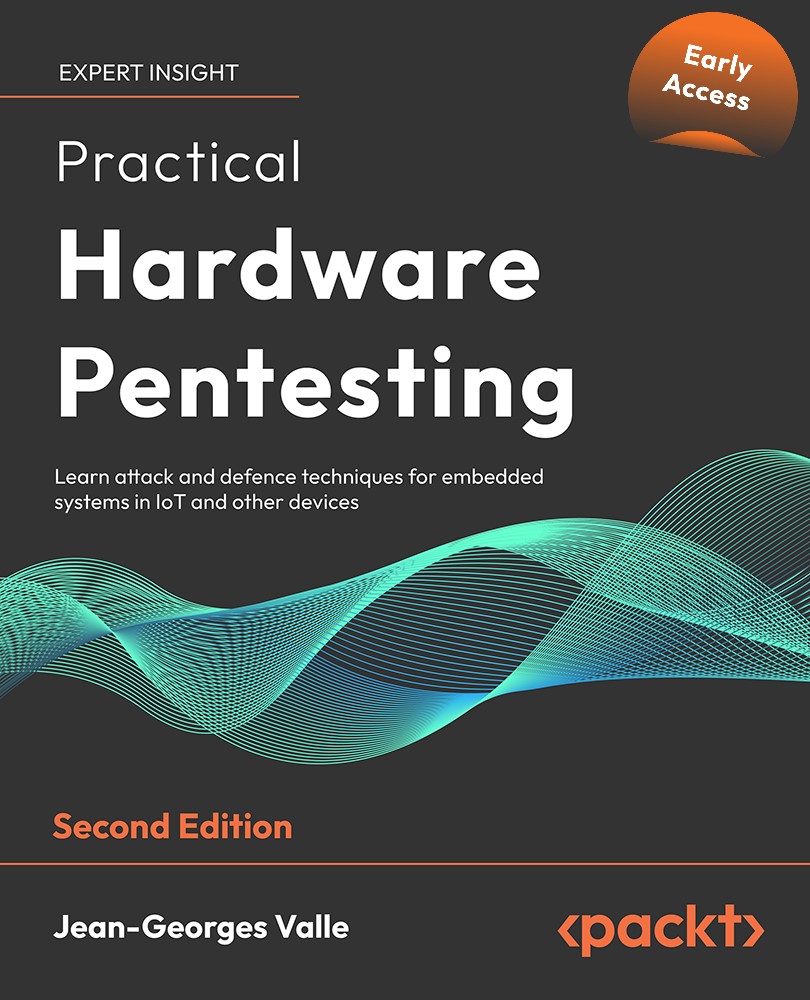Why C and not Arduino?
The C programming language has a reputation for being hard to use and complex. Trust me, it is not. This reputation comes from the fact it doesn't come with a lot of the convenience functions of more modern languages. The simplicity that comes with this language makes it shine when the resources are constrained and when the execution needs to be really efficient, like on a microcontroller!
While I am quite sure that most of the examples in the book could be written using the Arduino IDE and API, it would do the following:
- Hide too much of the compilation chain and the programming process from you
- Prevent you from actually understanding the capabilities of the chip
- Make it difficult for you to actually know what is happening on the chip (since it uses some of the chip capabilities to provide you with convenience functions)
- Actually consume quite a bit of storage space to provide you with these convenience functions
All of this (unless you actually have a degree...

































































